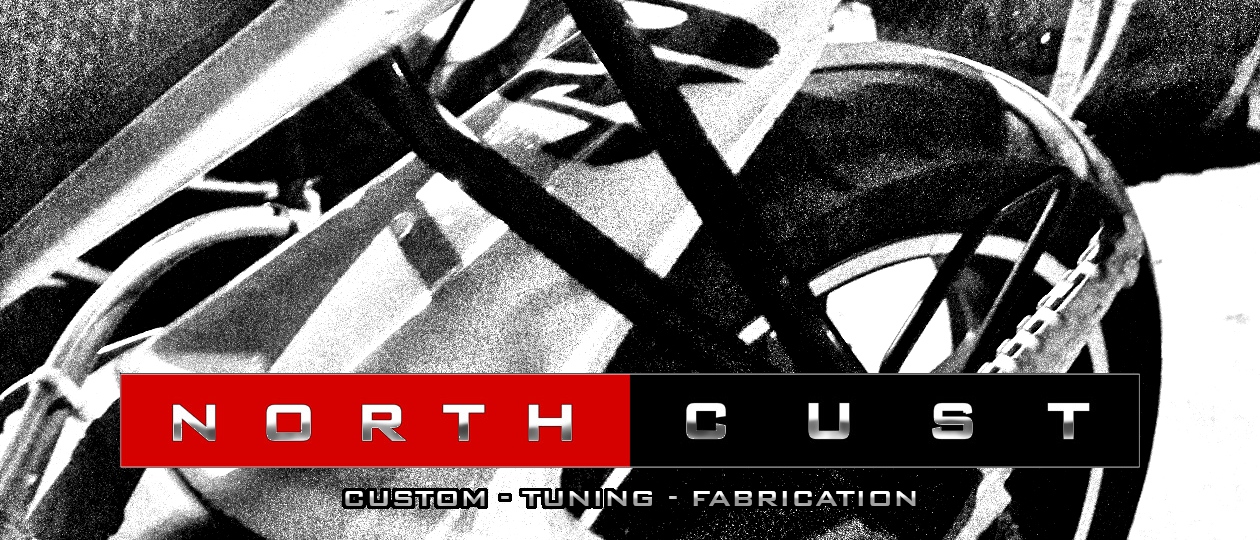This is something which I refer to quite regularly, so to save me explaining it every time, I figured perhaps it’s a good idea to have an explanation of what it is, or at least what I mean by it.
It could also be known as “Trial and error tuning” and “seat of your pants tuning” (although that suggests not using any sort of timing and just tuning by feel)
Starting point:
So by that I mean basically you have a start point, which is your best guess at fuelling or the closest map you could find online.
So in my case I had quite a decent map for my 125 already and my initial map for the 180cc cylinder was that 125 map but with +40% added to each cell. If I had not had a previous map to start with, my “best guess” would probably have been the ‘stock map’ (i.e. 0 adjustment from power commander) + 40% (i.e. a grid full of 40s)
Divide and conquer
If that runs without melting (which it did) then I would perhaps go for a little test ride and see which parts of the rev range felt ok and which needed work. Then start to look at the map in sections – for example the lows/mids & highs, which I would then look at individually.
If this method of tuning sounds tedious and slow that’s because it IS. you can lose hours/days/weeks messing around with this stuff and still feel like you’ve not got very far with it, and the less you know what you’re doing the higher the chance of wasting lots of time which can be very frustrating.
I did some A/B tuning like this on my bike while she was still 125cc, in that I made some tweaks to the map I’d got from the dyno guys and then ran for a while with my base map vs the modified map and ultimately did manage to get a bit more speed out of her.
I was only really looking at the “flat out” section of the map – so roughly 60-100% throttle and 8-10.5kprm (the area highlighted in the pic below).
I added a bit of fuel (e.g. +10%) to the boxes in the highlighted area and then loaded that modified map as the B-map (the “test”), with my original map as the A-map (the “control”).
The PCV lets you switch maps on the fly which mean I could get to flat out (which was the area of the map I was interested in improving) and then try map A or B and whichever got me faster was the winner. Over time and repeated attempts, riding in different conditions etc, you tend to see one do slightly better than the other and there’s your answer (usually followed by another question 😉 ).
Top speed is kinda one of the best metrics of overall power since really if going fast is what we like then Faster Is King. It’s a bit harder to “test” something like low-down throttle response since it’s more about how the bike feels and how it picks up, but you’d approach it the same way.
If the bike feels hesitant when pulling away.. well I guess there’s either too much fuel or not enough. So maybe set up a map for 10% each direction and see which feels better. If you can’t really tell the differnce (10% can be a bit hard to tell) , then try setting a little higher difference like 15%.

You can do the same sort of testing on the PCFC and PC3USB but you can’t switch maps whilst riding unfortunately.
Otoh the PCFC has 10 map slots so you could set up a bunch of test variants of your base map (e.g. base+10%, base+20%, base+30% ) and then do a fixed test run to compare them. As far as I’m aware the PCFC and PC3USB live under the seat rather than in the tail section like the PCV so at least swapping maps only means lifting the seat and twiddling the little adjuster by a click.
